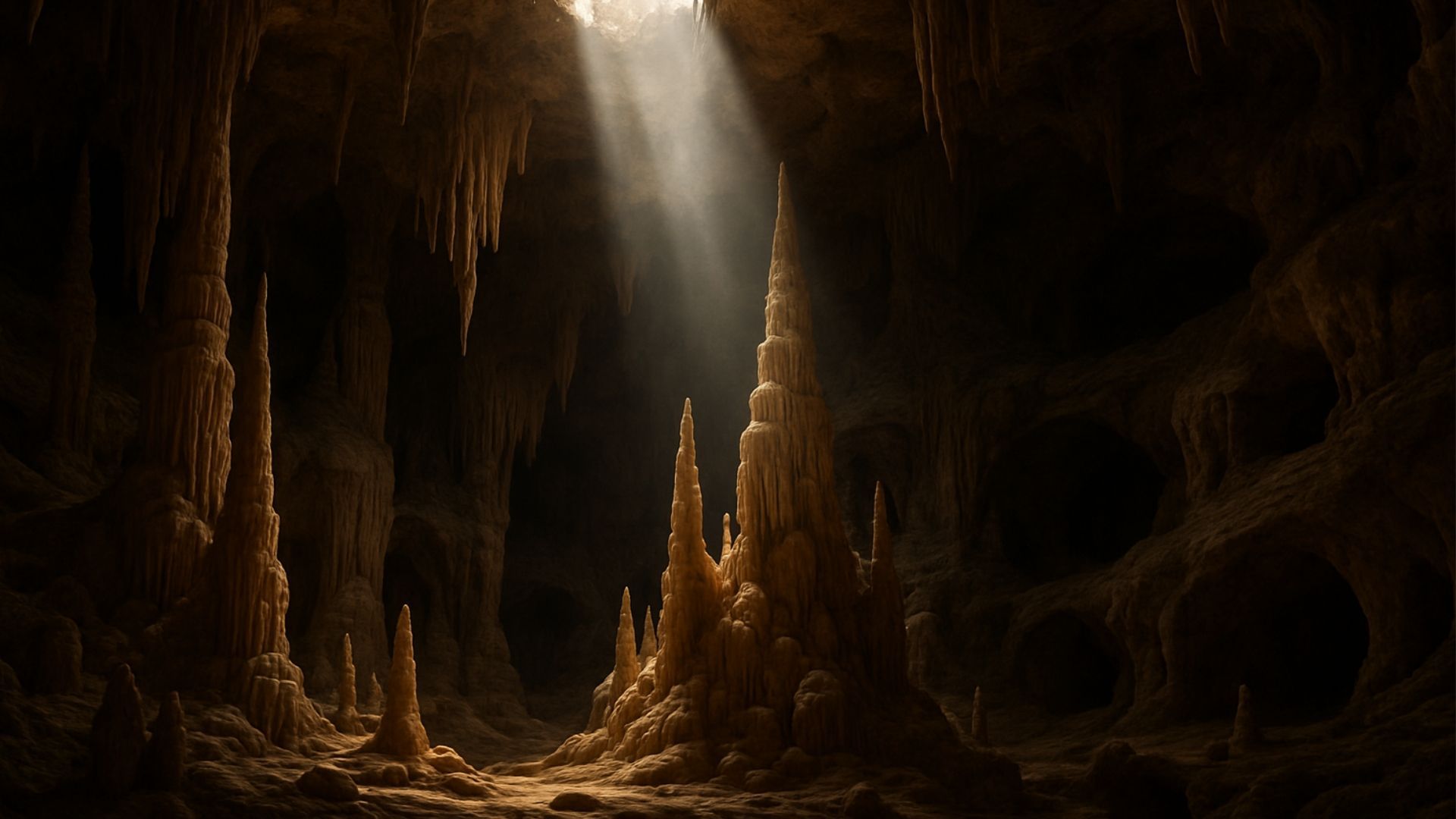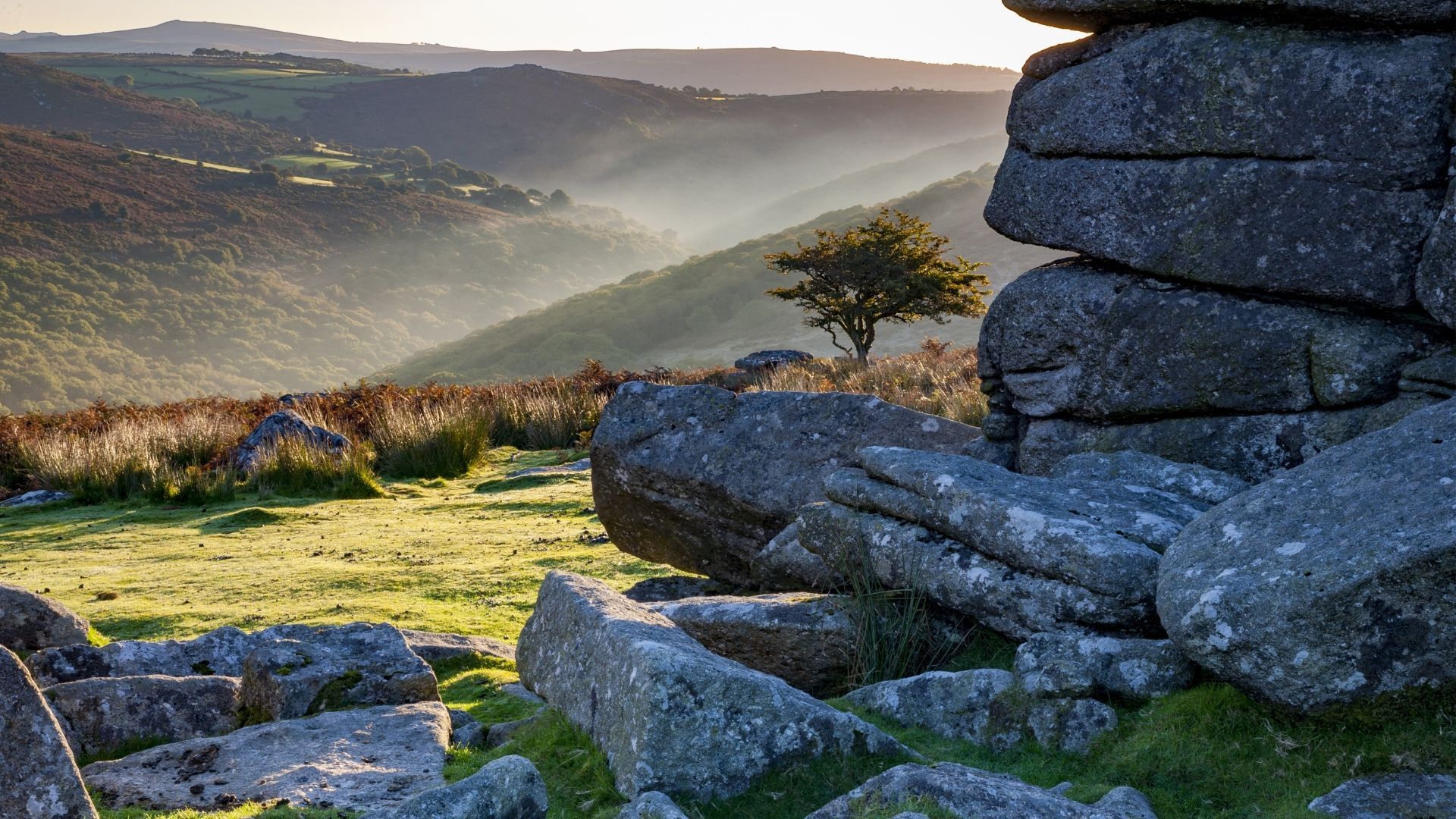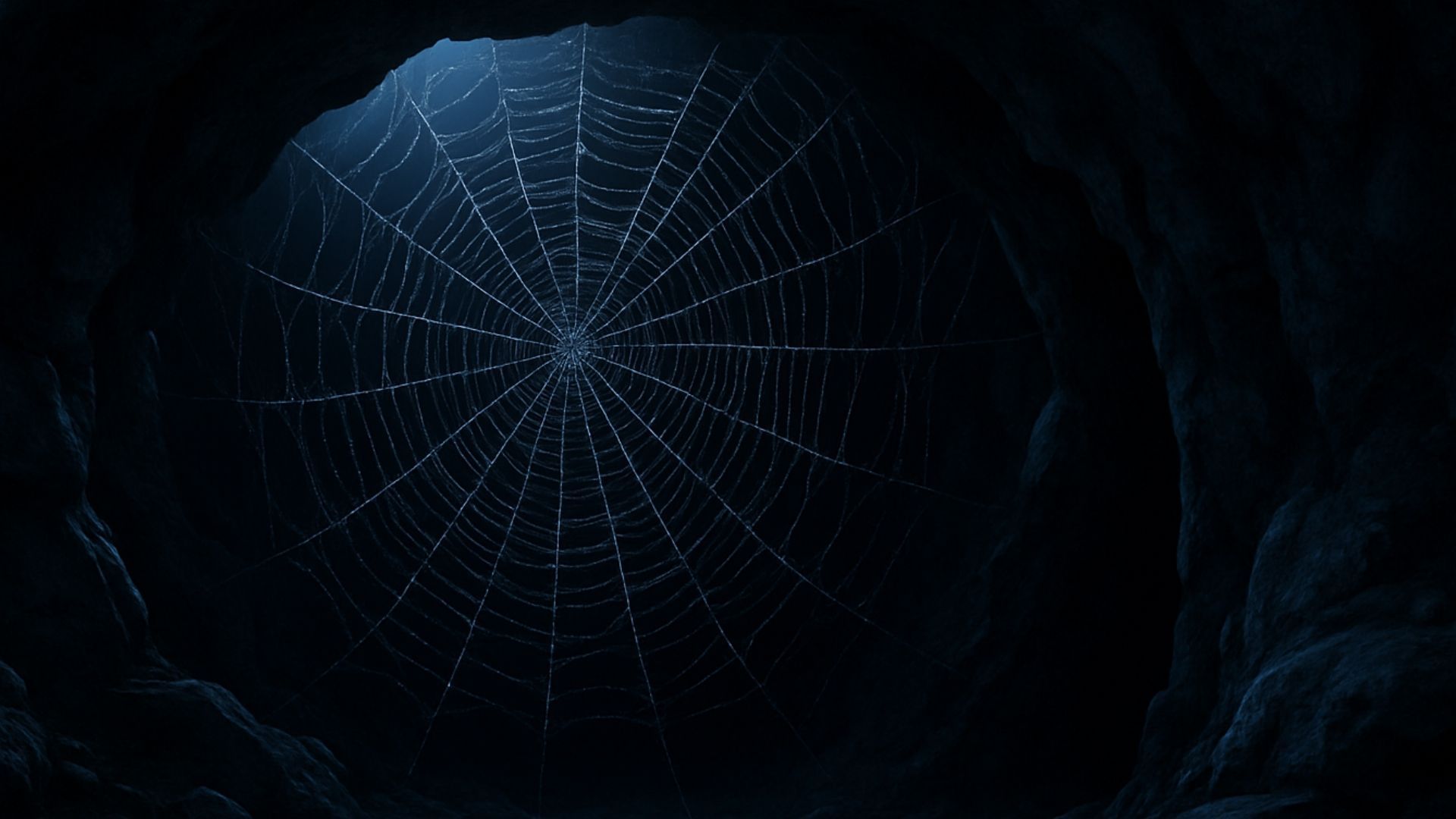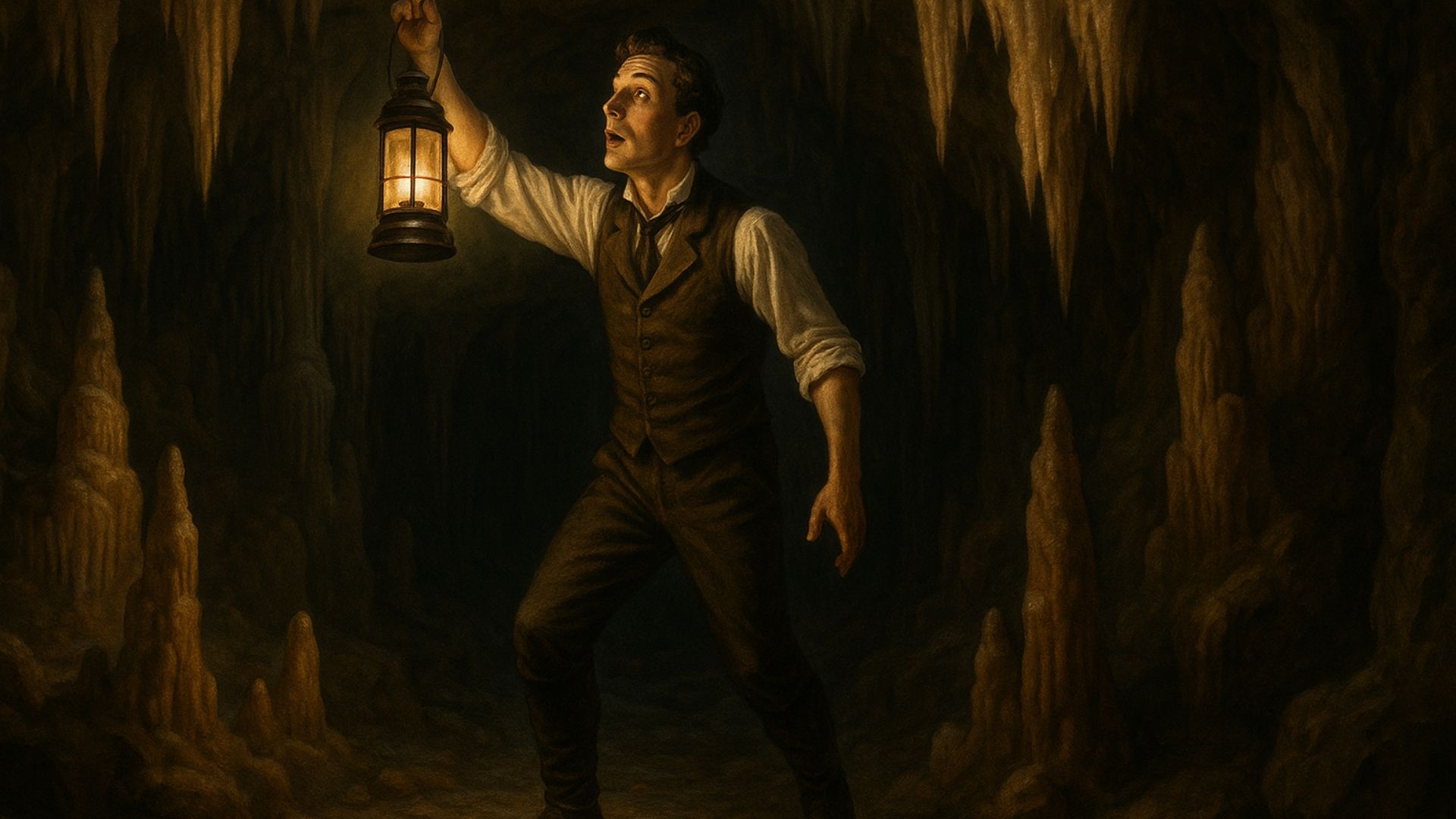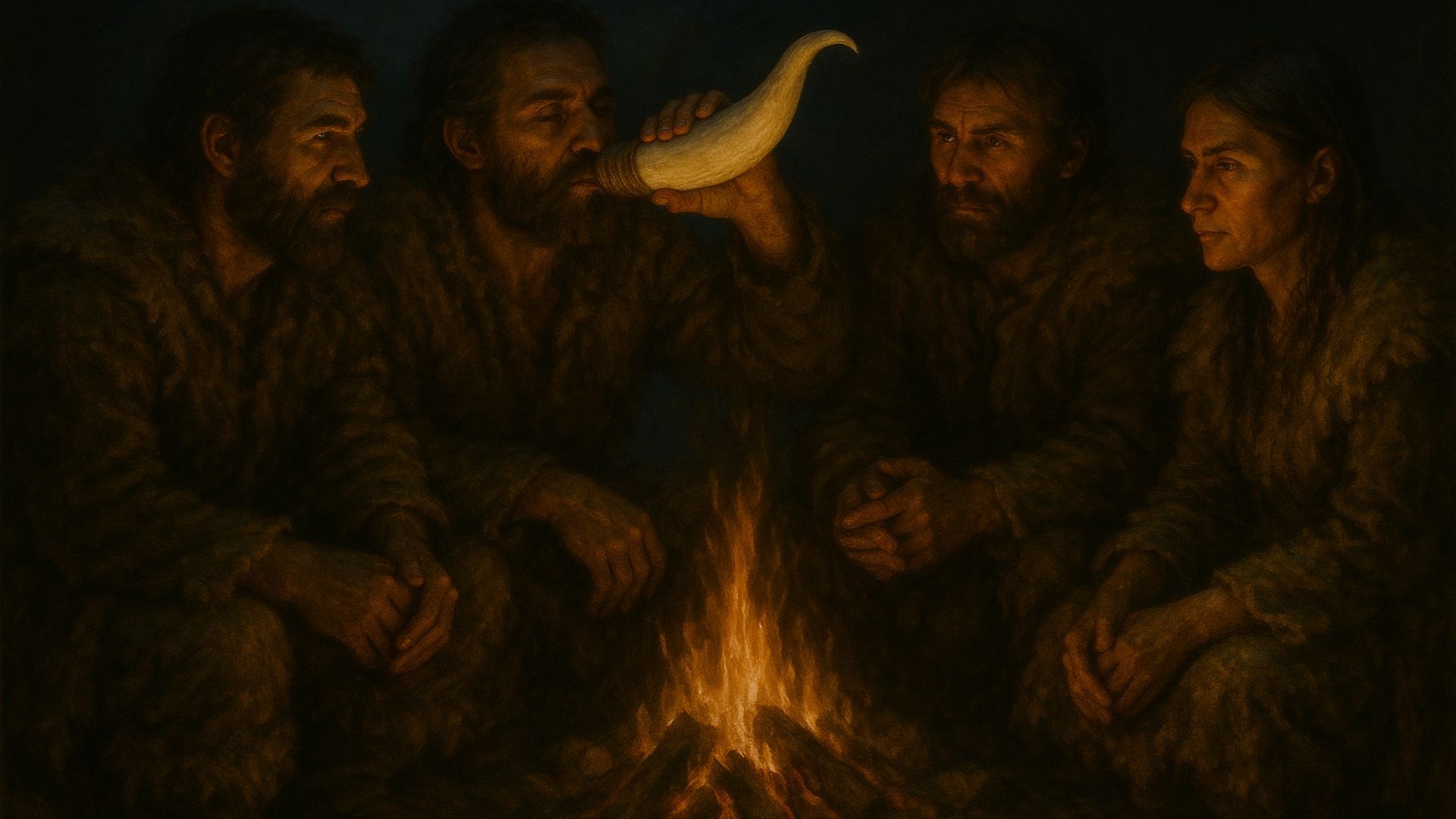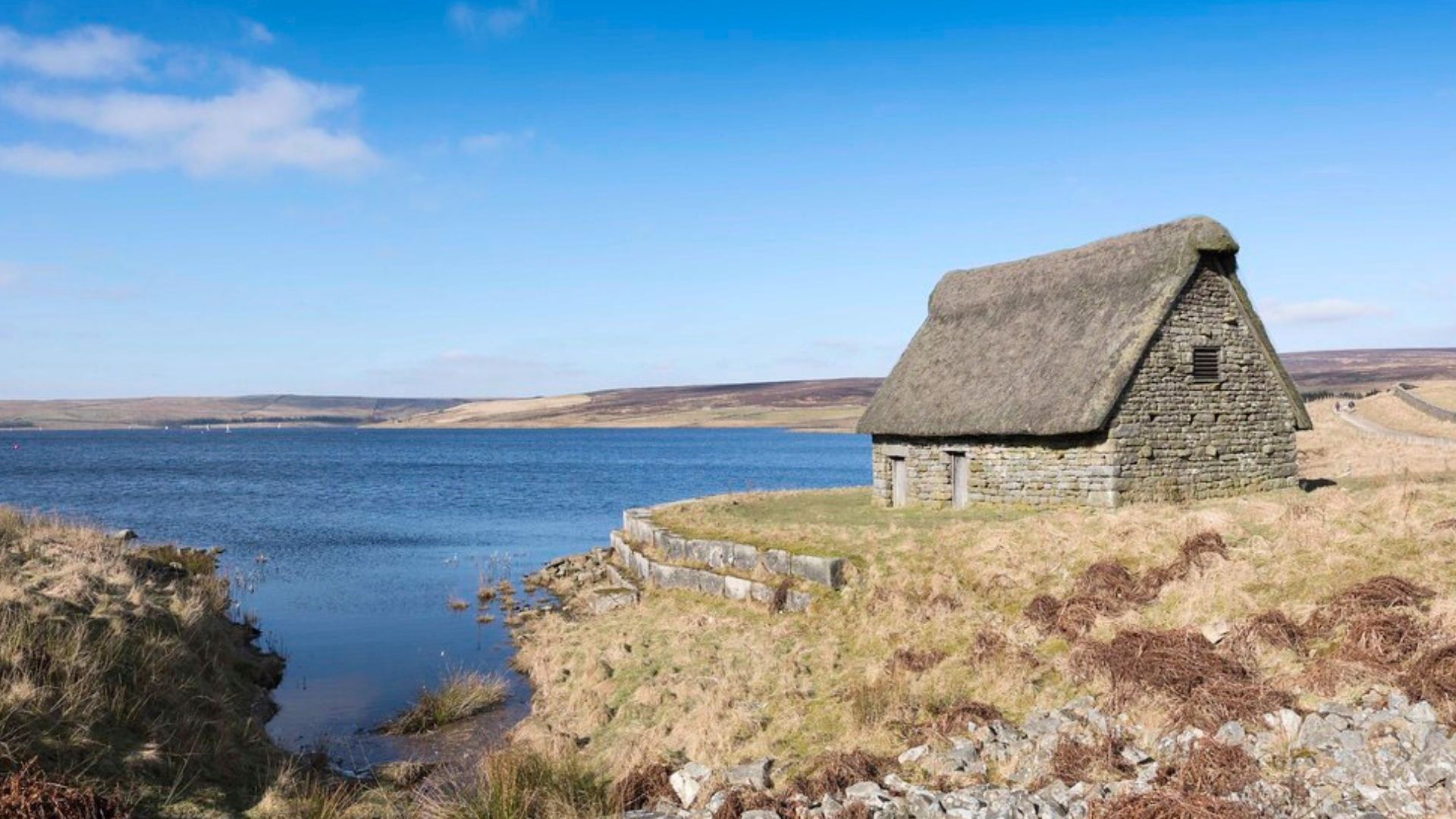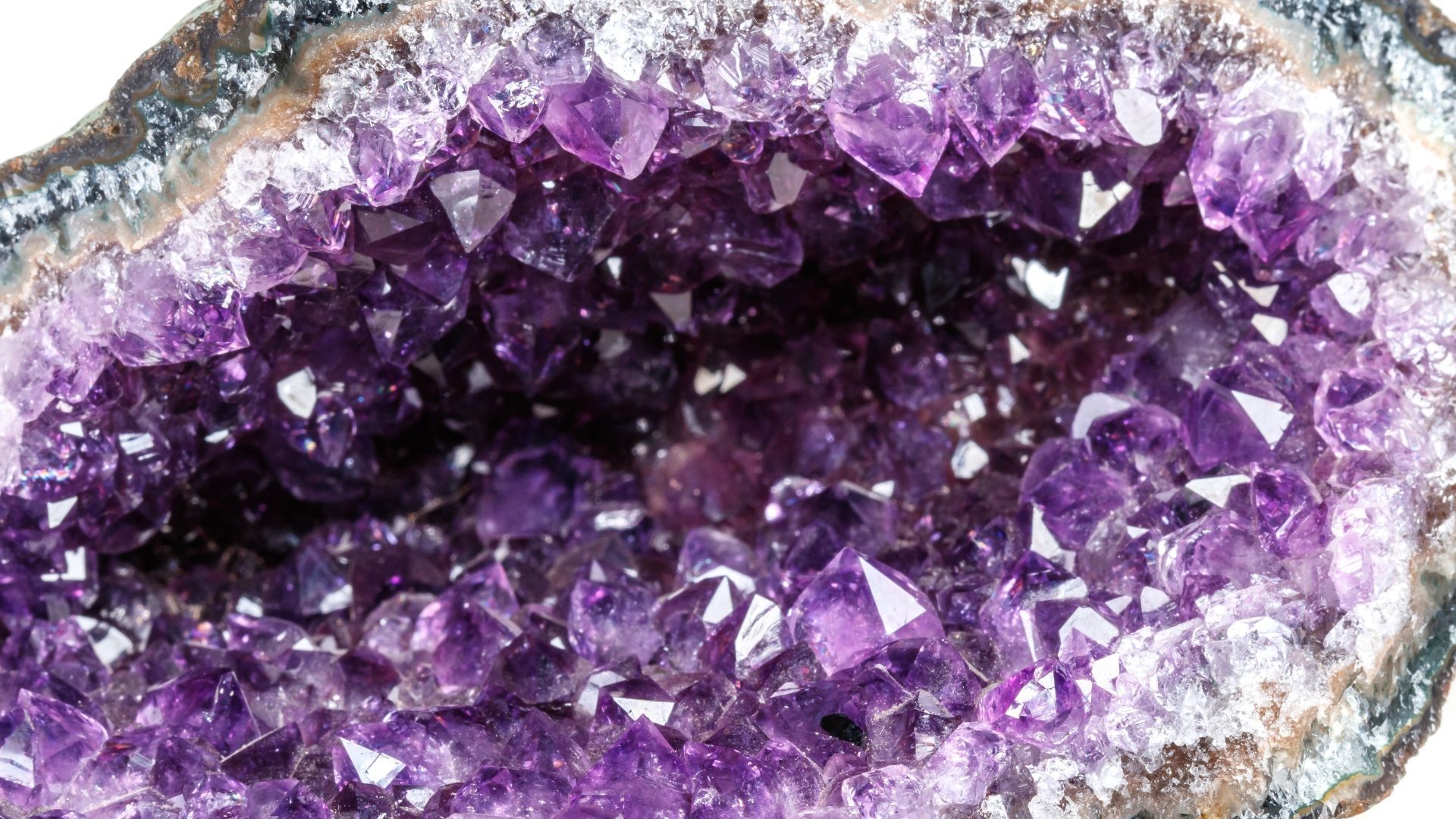When it comes to Stone Age museum exhibits, the UK is spoilt for choice. Explore a few of the very best.
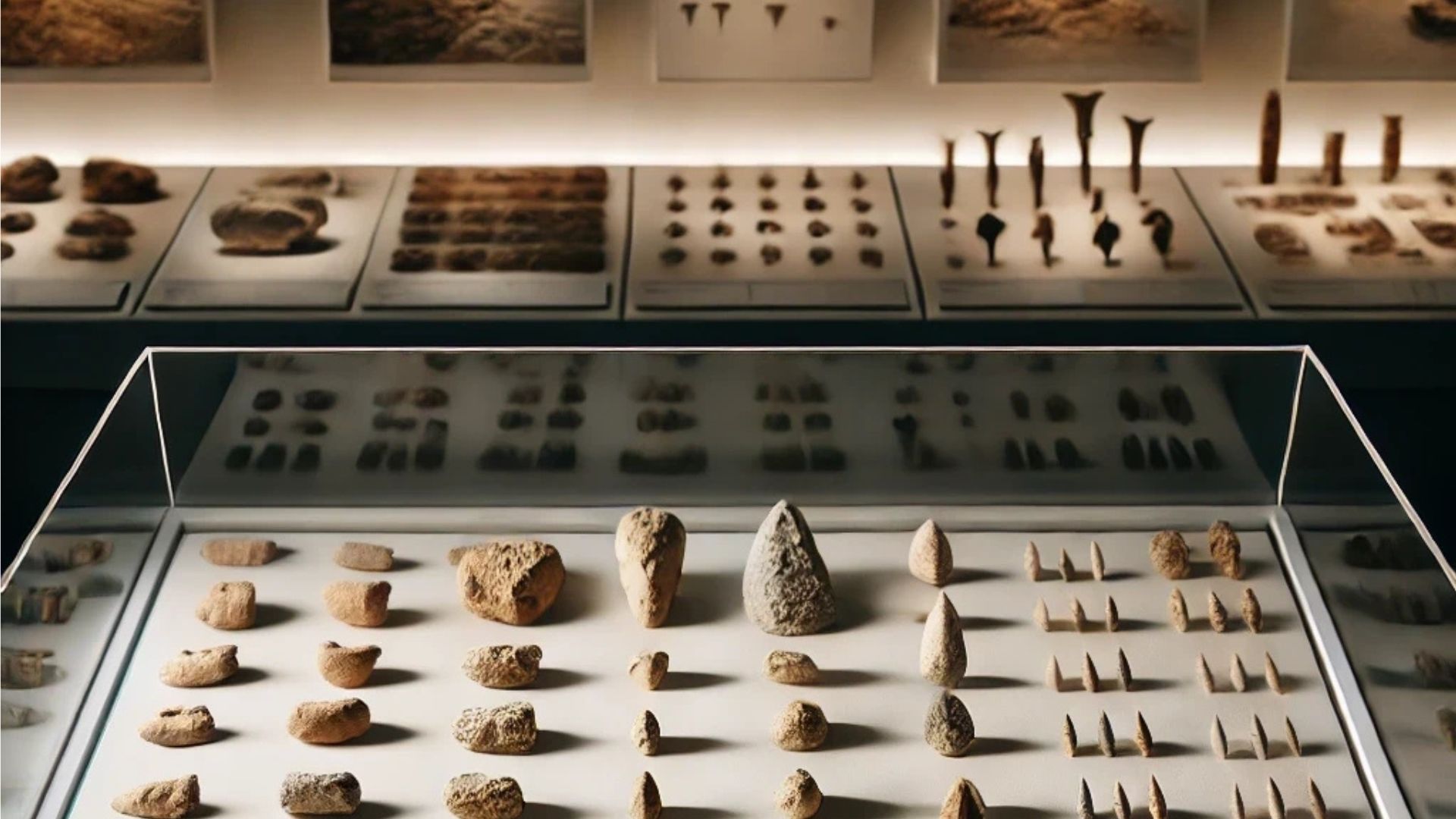
The Stone Age covers 99% of human history. For more than three million years, early humans relied on stone tools to hunt, build shelters, make clothes and even carve musical instruments.
It's a lost way of life we know about through the hard work of archaeologists. In the absence of written records, our understanding of the Stone Age is based on tools and other artefacts buried under millennia of dirt.
Most of the Stone Age is gone forever. But across the world, and here in the UK, museums hold fascinating exhibits that give us a glimpse into human prehistory.
In this article, we take a look at the best Stone Age and Bronze Age museum exhibits in the UK. Happy exploring!
Stone Age exhibits
In the Ashmolean Museum, Oxford, there are many Stone Age artefacts – from antlers to the remains of archery equipment, from beakers to horns, from shields to jewellery.
The museum also offers
learning resources about prehistoric Britain, including videos, "collector's cards" and high-quality images.
The British Museum, too, has its fair share of Stone Age exhibits. Visitors can see Stone Age tools from Zambia, South Africa and elsewhere.
A more hands-on experience is offered at
Gunnersbury Park in West London, where children can take part in a "Stone Age Survival" session.
At the National Museum Cardiff, visitors can admire art and science exhibits, ranging from 19th-century Impressionist paintings to dinosaurs, woolly mammoths and other prehistoric specimens.
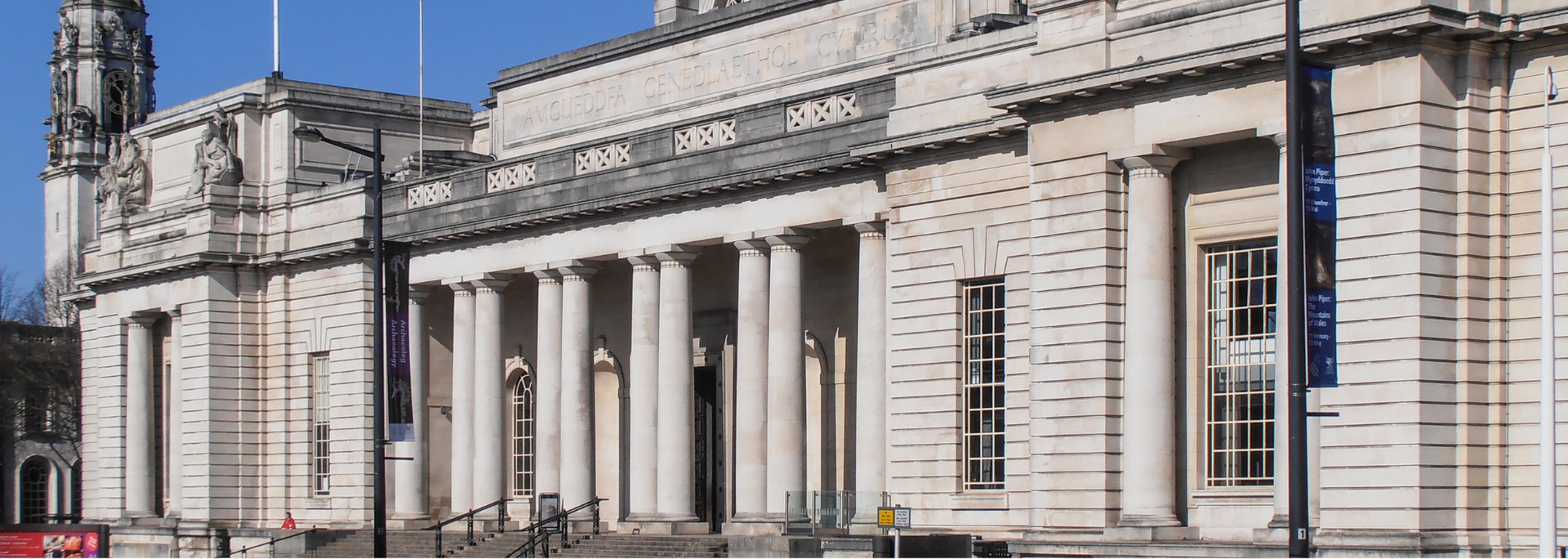
In Aberdare, you can visit the Cynon Valley Museum. This is a free-entry local history museum and gallery. Exhibits include two Neolithic stone axe heads.
These date from a time when early humans in present-day Wales were moving from a lifestyle built around foraging to more settled, domesticated lives.
As the Stone Age gave way to the Bronze Age, humans learnt how to work with metal. Stone tools were replaced with bronze implements. This technological shift changed everything – and it can be explored at a number of museums across the UK.
Bronze Age exhibits in the UK
The Wiltshire Museum holds a collection of Bronze Age artefacts, some made of gold and amber. Best of all, it's home to the Bush Barrow lozenge.
Around 1950 BC, a man was buried near Stonehenge with objects demonstrating his power. This collection, which included an axe, a dagger and a mace, has been described as "the Crown Jewels of the King of Stonehenge". On his chest was found a large, lozenge-shaped sheet of gold that served as an ornate buckle.
All we know about the Bush Barrow man comes from his burial. It's a stark reminder of what we know about our past – and what is lost in the prehistoric mists.
Flag Fen Archaeology Park in Peterborough is home to some fascinating Bronze Age artefacts, including a wooden wheel, a makeup grinder and some shears. All give a tantalising glimpse into Bronze Age life.
The Havering Hoard is a collection of 453 items dug up in 2018, the largest of its kind to be uncovered in London. Its axes, tools, swords and more are all on show at the London Museum in Wennington, East London.
Last but not least, the Royal Cornwall Museum is home to prehistoric artefacts, including ancient Cornish gold.
Henge monuments
Remnants of the Stone Age and Bronze Age can be found outside museums, too. There are several henges across the UK.
The most famous, of course, is Stonehenge, with its large stone circle. These stones, however, were added at a later date. A henge is an earthen bank and ditch rather than a stone circle.
We don't know what they were used for, but historians believe they may have been sites for rituals and burials.
Henges in England include Avebury, Silbury Hill and Castlerigg Stone Circle. They are enduring mysteries which archaeologists and historians are still making new discoveries about.
Take Stonehenge. Until 2024, its sandstone altar stone was believed to have come from Wales. But research now suggests it was carried over 435 miles down from Scotland. Wow!
It's a great example of how archaeology is a living history. What else will we learn about the past from studying these fragments of rock and metal?
What is the difference between the Stone Age and the Bronze Age?
The Stone Age lasted for about three and a half million years, ending sometime between 4000 and 2000 BC. It covers the period of human history where early humans used tools and weapons made out of stone.
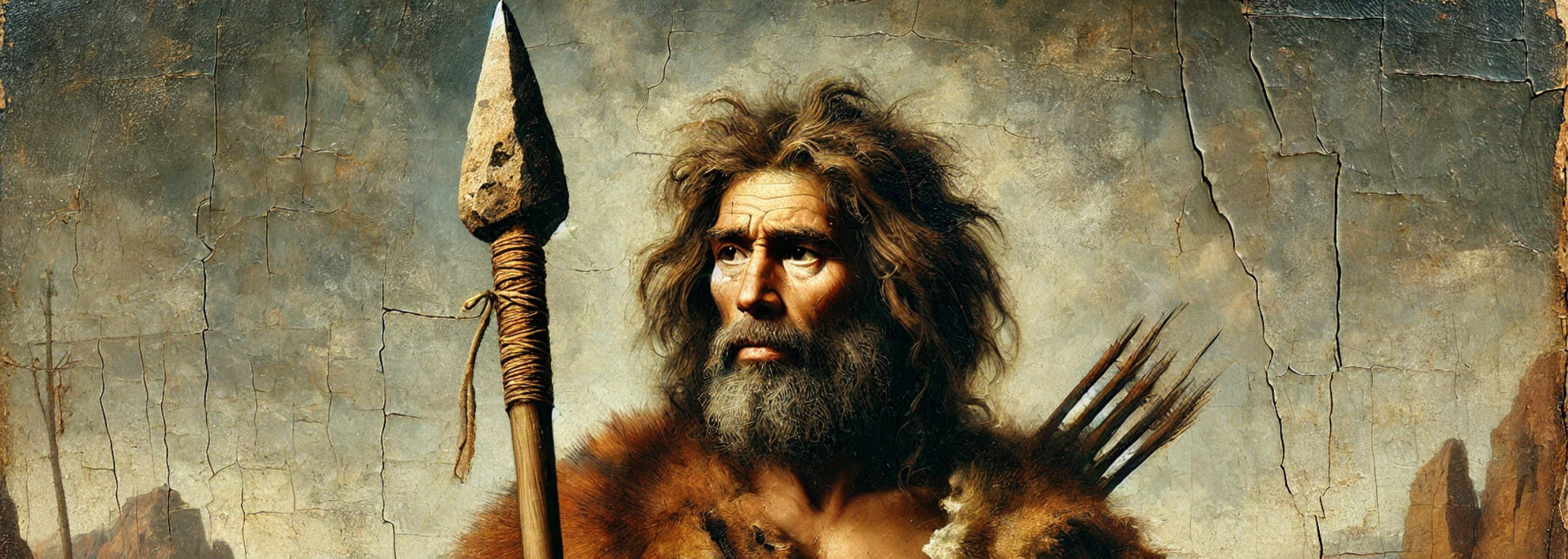
Stone Age humans didn't exclusively use stone, of course. They also used wood and bone. On the whole, however, these have rotted away, whereas stone artefacts have stood the test of time.
The Stone Age is an extraordinarily long period of human history. Archaeologists split it into three eras: the Paleolithic, Mesolithic and Neolithic. By the end of the Stone Age, people were farming, making pottery and looking after cows and pigs.
In the Bronze Age, humans in the Middle East started using tools and weapons made out of metal – first copper, then bronze. This signalled the end of the Stone Age and the beginning of the Bronze Age.
A lot changed in the Bronze Age. The first writing systems were invented, meaning we have fragments of text to study as well as physical items. The wheel was invented. People began to settle and trade, creating urban societies closer to our own lives than existed in the Stone Age.
The Bronze Age ended with a bang around 1200 BC. We still don't know exactly why, but historians suggest a combination of earthquakes, drought and famine induced by climate change, rebellions, invasions and political instability.
Do you love learning about the Stone Age as much as we do? Here at Stump Cross Caverns, we put on a wide range of history and
science activities for kids. Why not visit us in the Yorkshire Dales and join in on the fun?
Check our events calendar to see what's up next.

